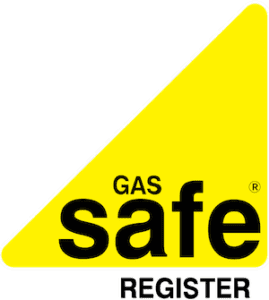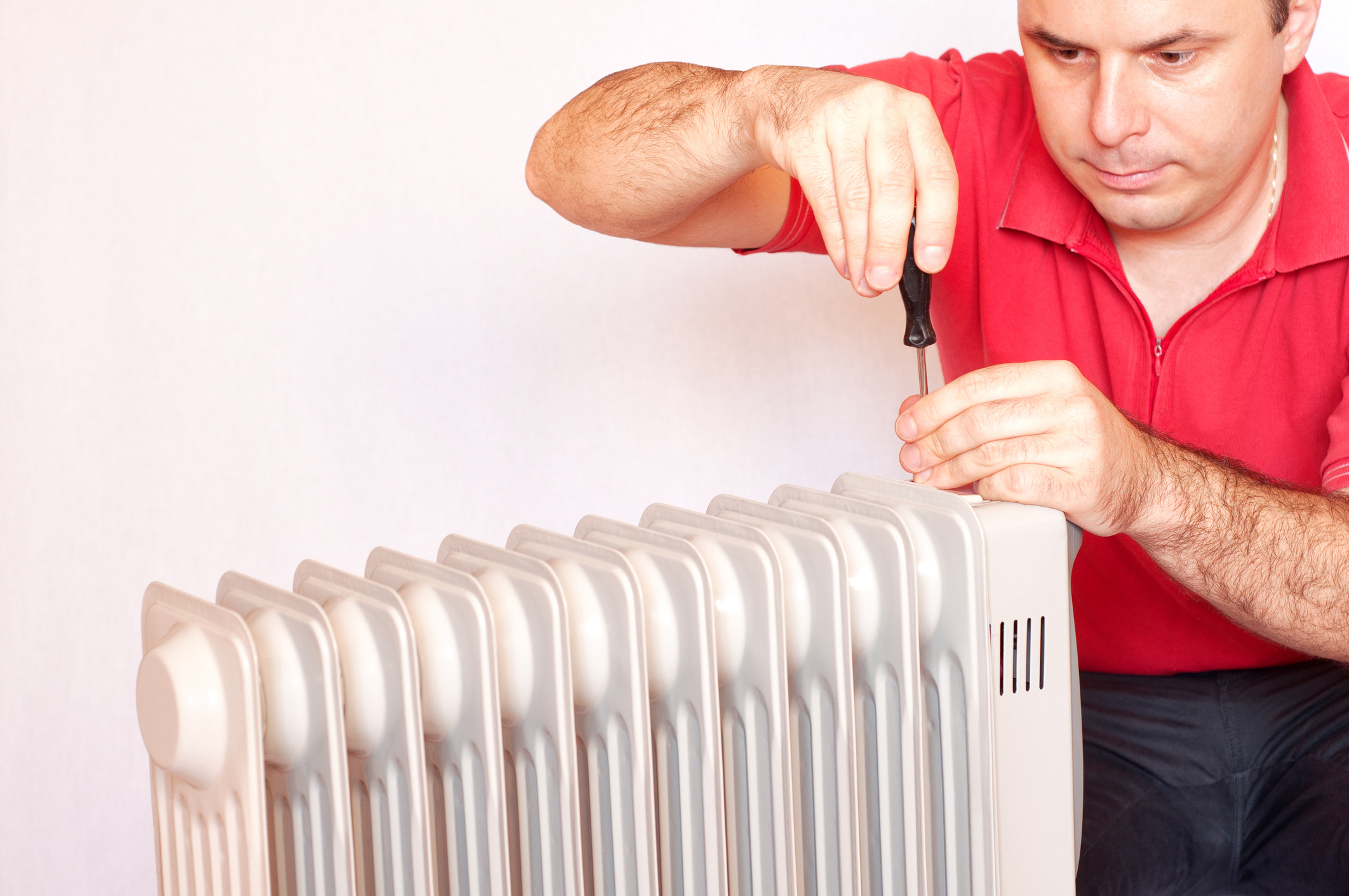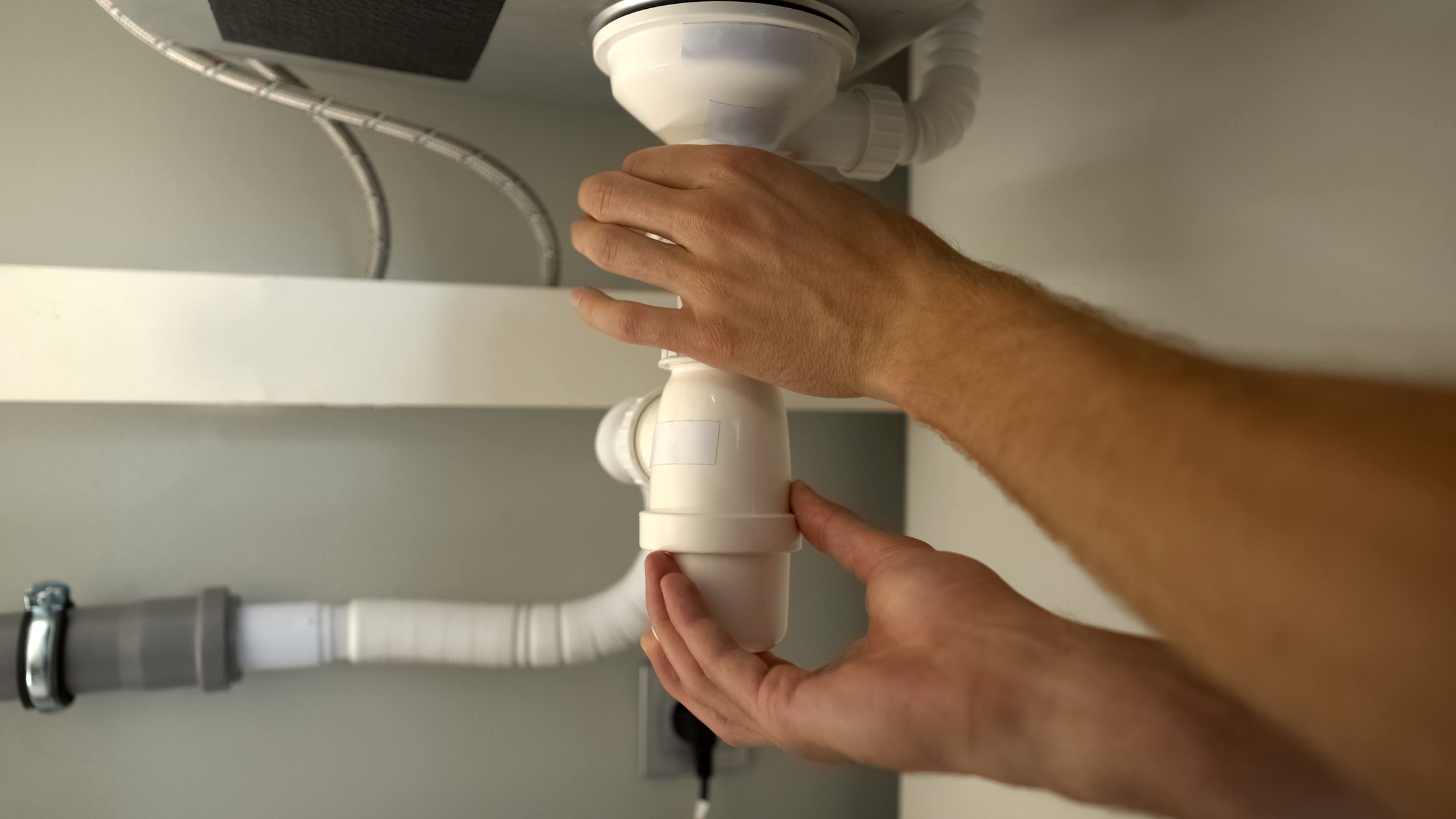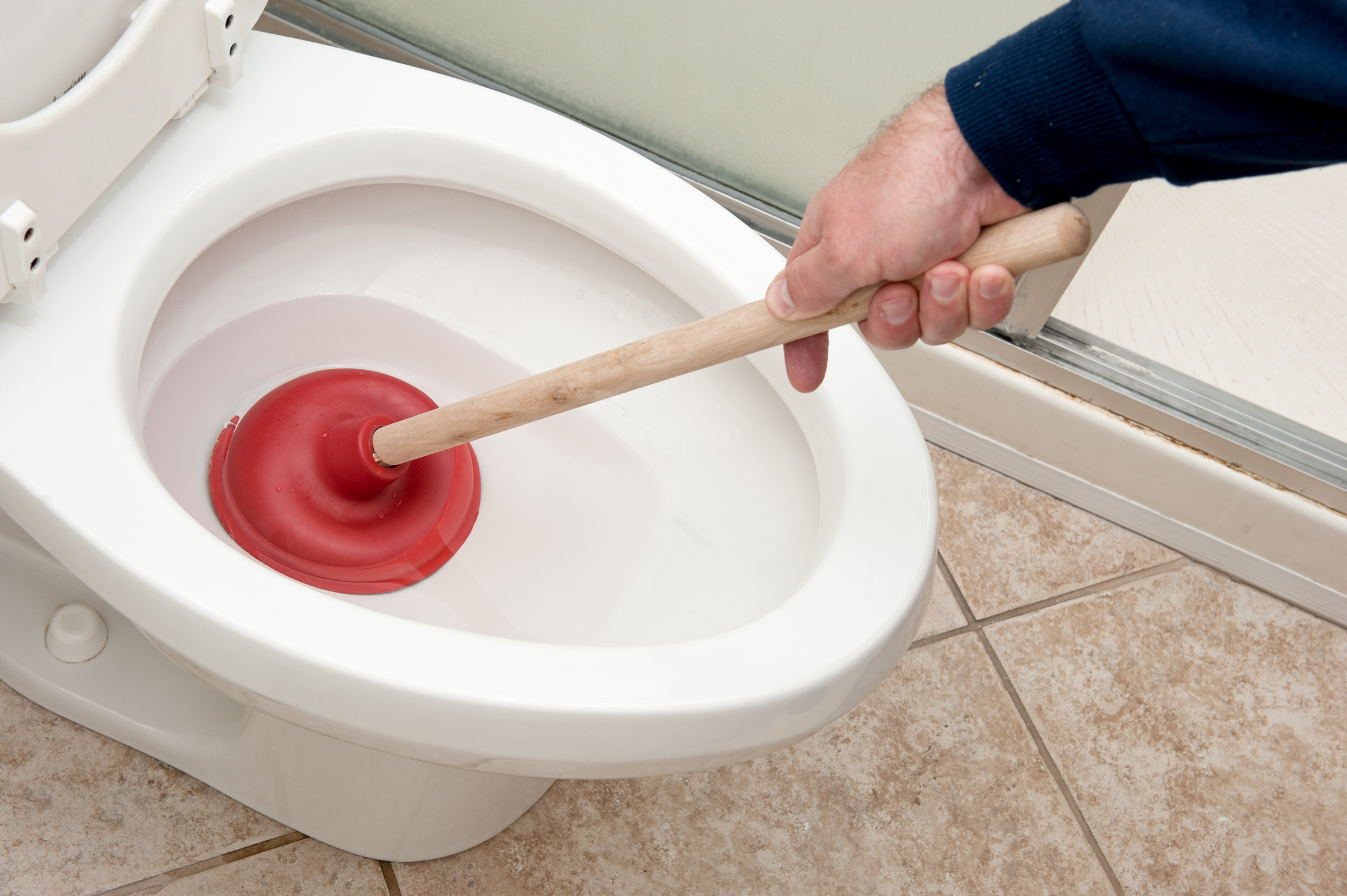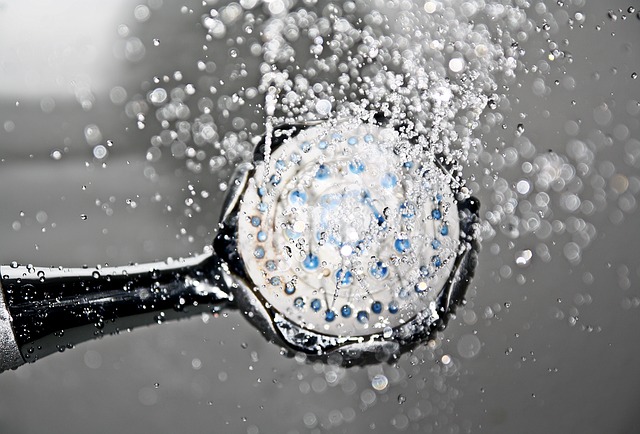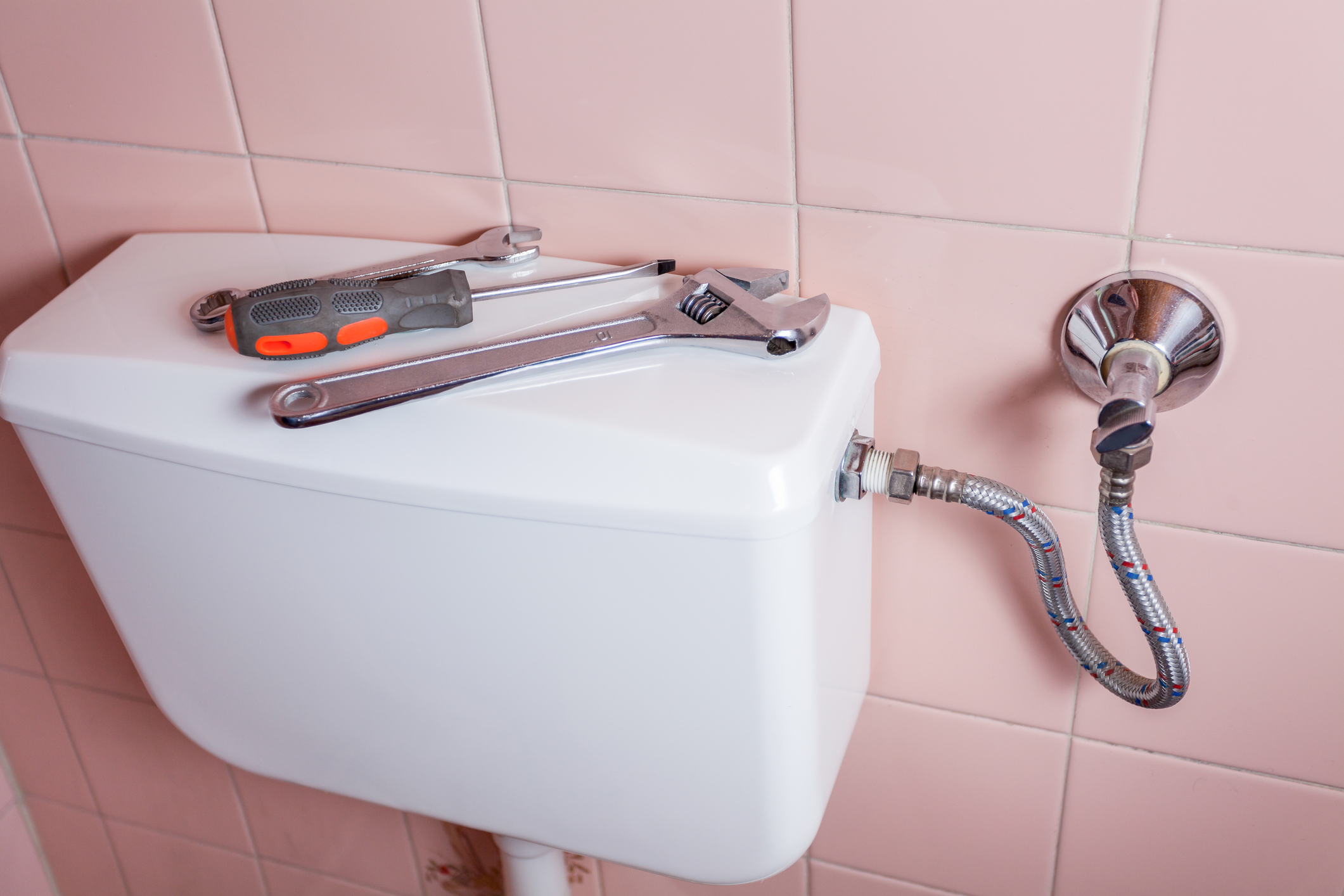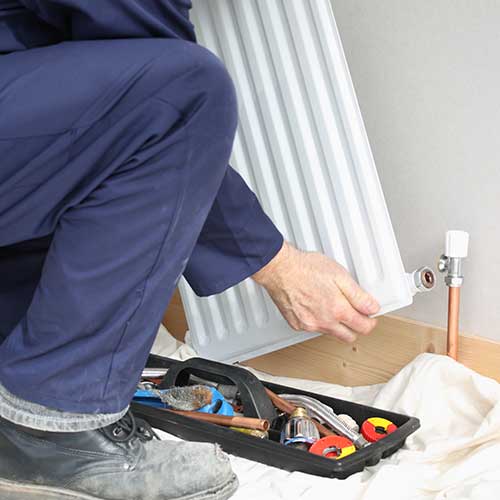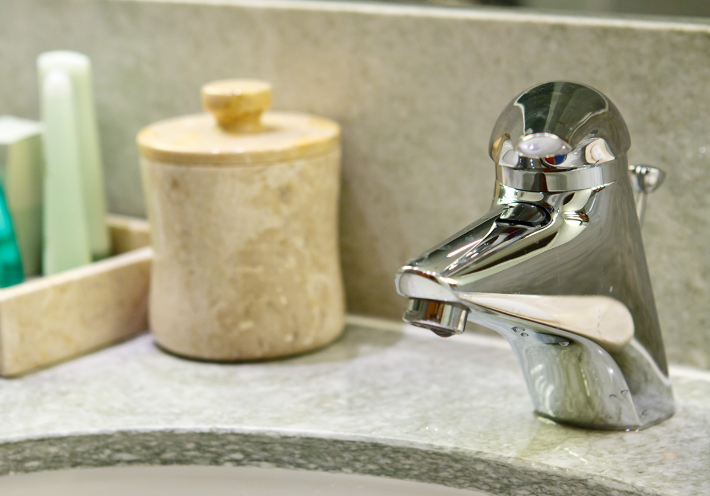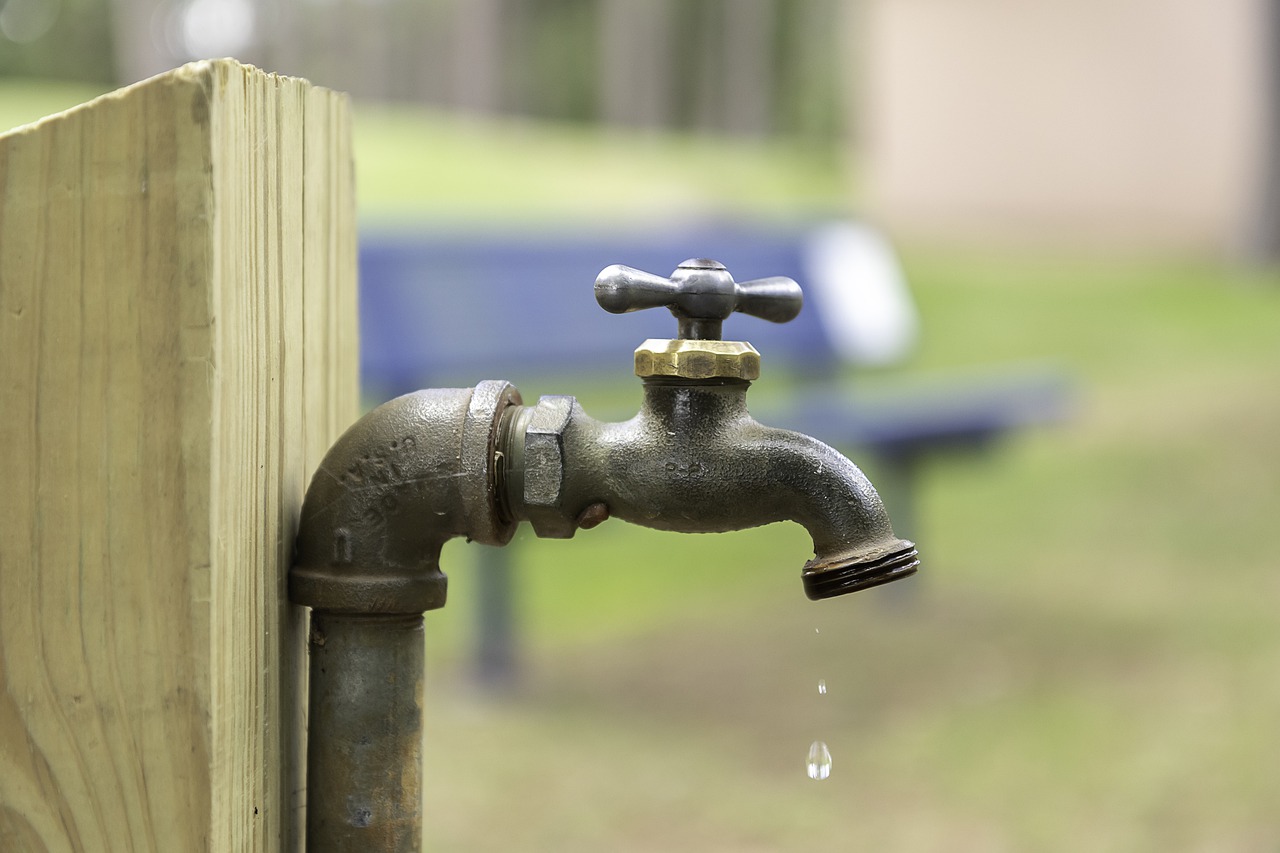Conducting some DIY plumbing repairs within your home is a milestone every homeowner has to face. Whether it be unclogging a drain, fixing a dripping tap, or repairing a radiator leak, there will come a time in your life that you will have to get your hands dirty yourself. However, none of these tasks is easy enough to do without some kind of guidance.
Fixing radiator leak, in particular, will require you to thoroughly read, watch, and understand numerous guides for you to be able to pull it off smoothly and without a hitch. To save you the trouble of having to go back and forth between numerous sites, we’ve prepared a short guide on what you can and should do when your radiator is leaking.
So, You Think Radiator Is Leaking?
Is there a puddle near your radiator or a wet patch on the carpet beneath it? If so, then it’s probably leaking. You don’t have to worry, though. Leaking radiators are a pretty normal occurrence. No need to panic and call for a radiator repair or boiler repair service immediately. Chances are, this is something you can resolve all on your own.
To be able to stop a radiator leak from occurring, the first thing you need to do is identify where the leak is coming from. You may do this by first patting the radiator dry using an old rag or a traditional towel. Once you have patted it dry, run a kitchen towel or paper napkin all over the radiator and if you encounter moisture in any area around the radiator, then that is probably where the leak is. Remember, if the radiator is hot, make sure to keep your hands and arms protected while conducting this step.
Is A Leaky Radiator Dangerous?
A leaky radiator is not dangerous all on its own. However, leaving it unchecked for long periods of time can lead to water damage on your furniture, flooring and eventually, the structural integrity of your home. Water damage may also cause moulds to form, which in turn, will pose many health risks for you and your family.
Moreover, leaking radiators may also cause your central heating systems to stop working due to loss of boiler pressure. While this shouldn’t be a huge problem, heat could be a matter of life and death during winter.
Find the best local plumbers in the UK!
What Can Cause A Radiator Leak?
There are many possible reasons as to what could be the source of the leak and why your radiator could be leaking. Here are some of the most common reasons:
A Leaky Radiator Valve
Out of the three things on this list, this is the most common culprit to leaky radiators. This is usually due to the wear and tear of your radiator’s internal workings. As the valve loosens, it will start to become less watertight, thus leading to a water leak.
Half-open radiator valves may also cause this leak If this is the case, all you have to do is tighten the valve or turn the valve to the off position.
A Loose or Damaged Spindle
Radiator spindles are joints that connect the radiator valve to the main body of the radiator. When it is loose or damaged, water will naturally leak out.
Rust and Corrosion
You may also be having a radiator leak due to corrosion and rust. Over time, the insides of your radiator will develop corrosion due to its constant contact water and sometimes the lack of chemical inhibitors, which is a liquid added to the water in your central heating system in order to prevent the development of rust and corrosion.
When corrosion develops inside your radiator, chances are, small holes will form underneath your radiator. When this happens, you will start seeing brownish puddles of water on the floor beneath it.
How Do I Fix A Radiator Leak?
Now that you’ve identified the most common causes of a radiator leak, you may begin making the repairs on your radiator. This guide will be divided into three parts depending on the type of leak as mentioned above. Before you begin, make sure your radiator is turned off and that you have towels and buckets ready nearby to prevent and clean up any messes that may occur.
Fixing A Radiator With A Leaky Radiator Valve
Step 1: Drain your radiator system to below the location of the leak.
Step 2: Turn off the supply valve where the water enters from, and the lockshield valve (the plastic capped valve). Be sure to remember how many times you turned the lockshield valve.
Step 3: Undo the union nut with an adjustable spanner. Be ready to catch water when water drips from your radiator.
Step 4: Open the bleed valve and let your radiator bleed.
Step 5: Wrap your valve tails with PTFE tape.
Step 6: Replace the union nut. Turn on the lockshield and supply valves. Be sure to turn the lockshield valve as many times as you did when you turned it off.
Step 7: Close the bleed valve and check if leaks still persist.
If the situation requires you to replace your radiator valve, make sure to know exactly what kind of valve you will be needing before purchasing one. The size and fit of the valve to the radiator are very crucial to prevent further leaks from occurring.
Once you’ve found the right valve, drain all the water from your central heating system. Unscrew the nuts connected to the water pipe as well as the valve you intend on replacing. Clean the threads at the end of the radiator before installing a new valve.
Wrap the threads with PTFE tape before attaching the new valve. Once attached, bleed your radiator and then refill the system.
Fixing A Radiator With Loose or Damaged Spindles
If your radiator is leaking from the spindle, you may easily remedy this by tightening the gland nuts. If the leaks persist, undo the nut, add some PTFE tape around the spindle before re-tightening the nut. This should prevent any more leaks occurring.
If the leaks continue, you would need to either replace the valve or call on a plumber to assess the damage for you.
Fixing A Radiator With Rust and Corrosion
There is no fix for a corroding radiator, as rust and corrosion are both irreversible. If there has been too much damage by corrosion and rust, the only thing you can do is replace your radiator.
How Do I Prevent My Radiator For Leaking In Again In The Future?
There are quite a few ways to prevent your radiator from leaking again in the future. One would be conducting regular checks on your radiator. Also, be on the lookout for unexplainable moisture or puddles on and around your radiator before the problem gets worse.
You may also want to regularly drain your radiator to prevent the sludge from rusting away your radiator. Meanwhile, to avoid corrosion, use a chemical inhibitor, which is a liquid compound added into the water.
If you don’t think you are confident in doing the repairs on your own, or if none of the methods above seems to work in fixing your radiator, it is best to call for the help of a professional plumber as soon as possible.

